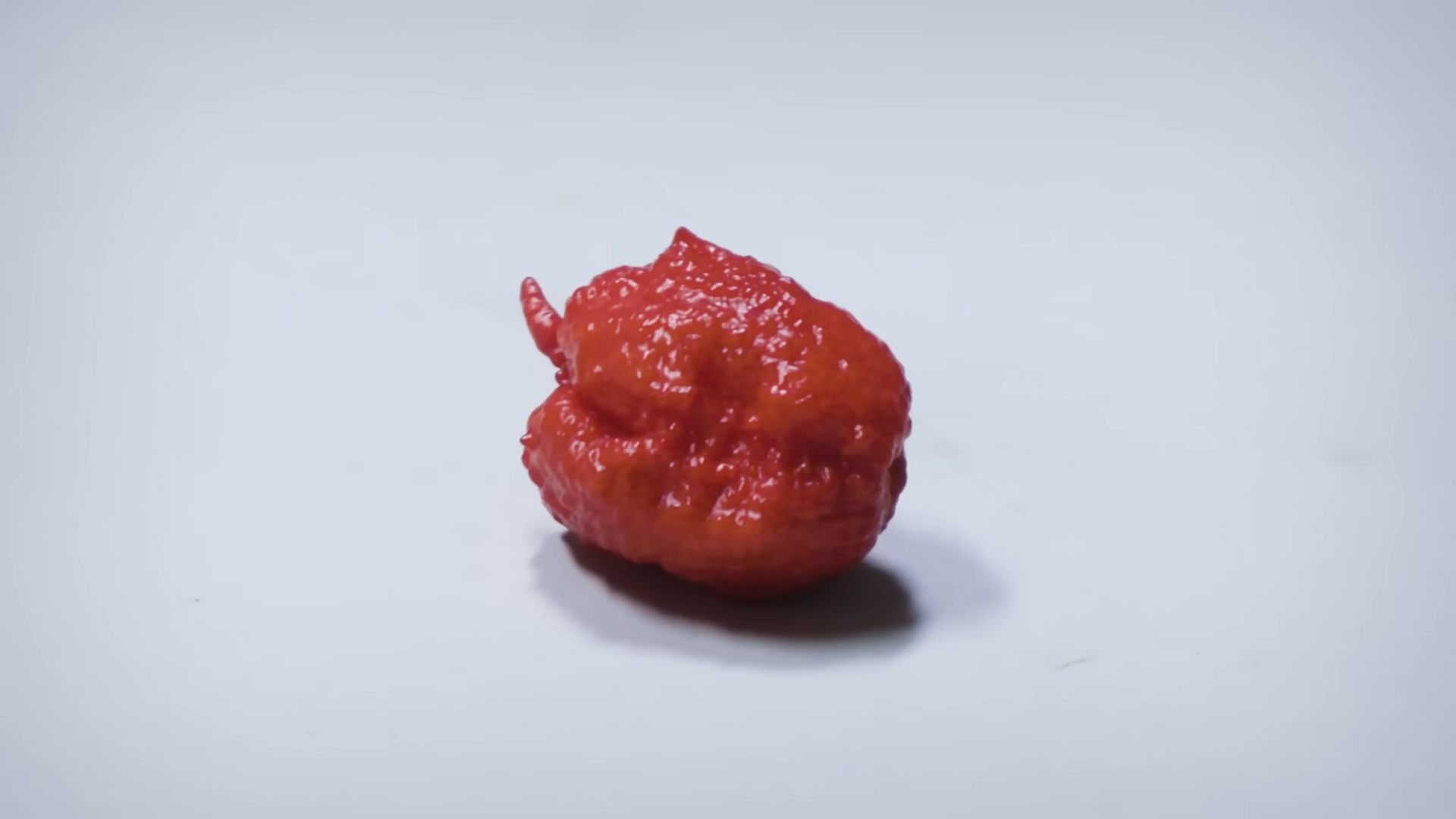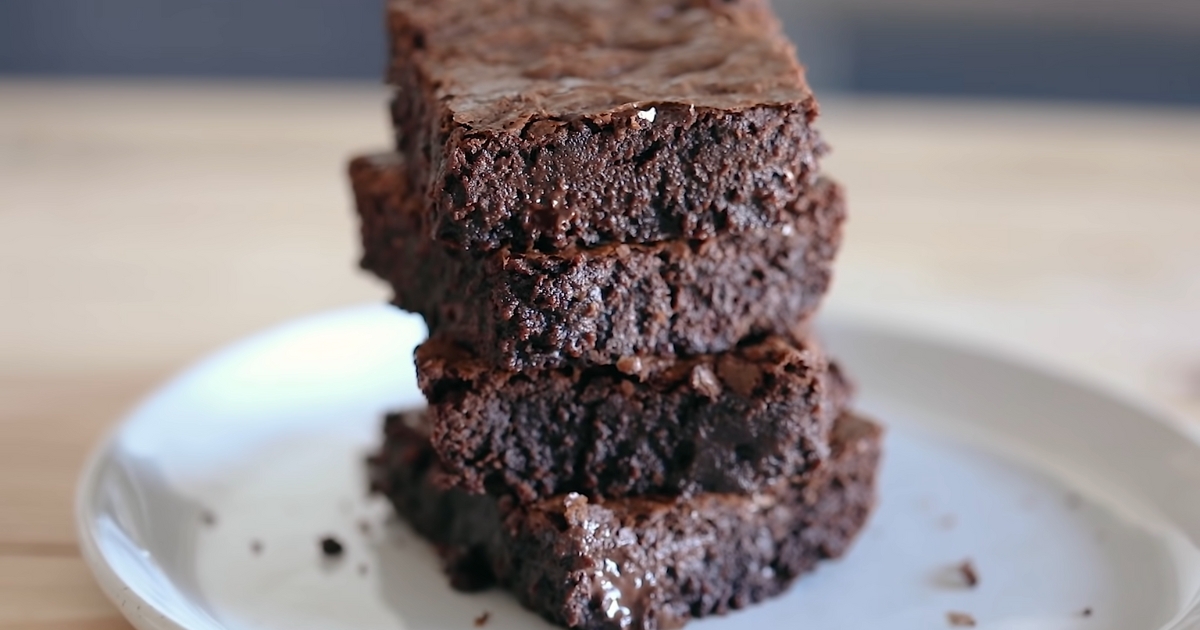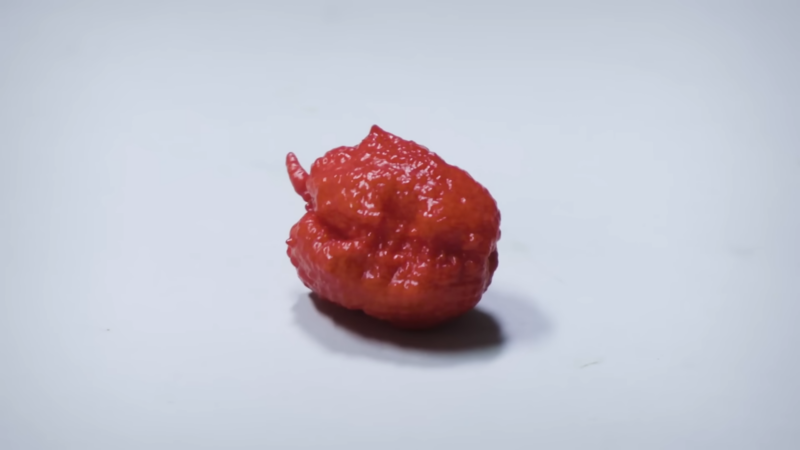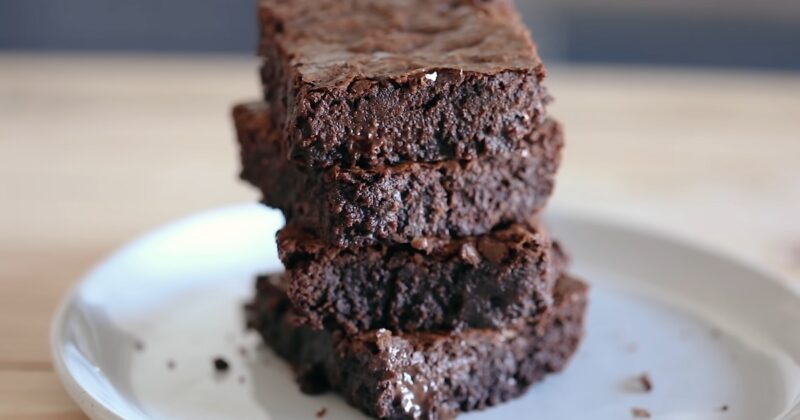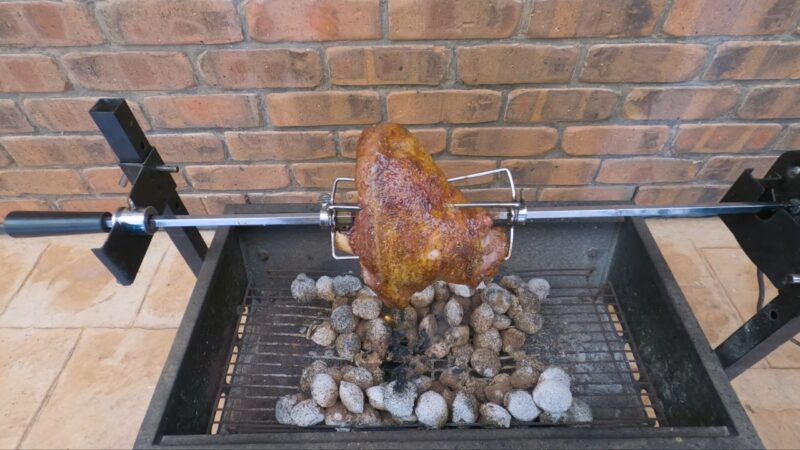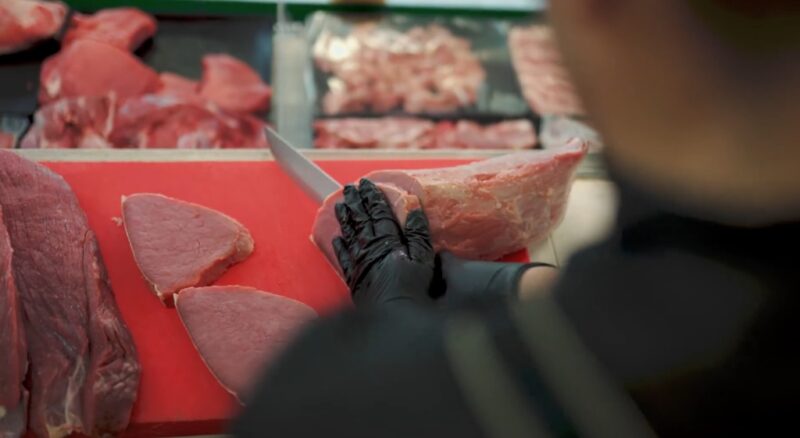
A healthy and balanced diet is integral and should include protein from meat, fish, eggs, or non-animal produce. Meats are a top pick in many people’s diets. There are different types of meats to incorporate into your diet, all rich in protein.
How we prepare meat varies from one home or restaurant to another. The good news is that besides learning from other cooks, it’s easy and convenient to access helpful information for preparing great dishes. A visit to cultiviz.com will guide you through unique recipes for creating delicious T-bone steak dishes.
If you enjoy cooking different types of meats, this article is a great read. Let’s get started.
Know the Benefits of Eating Meats- Cooking the Perfect Steak
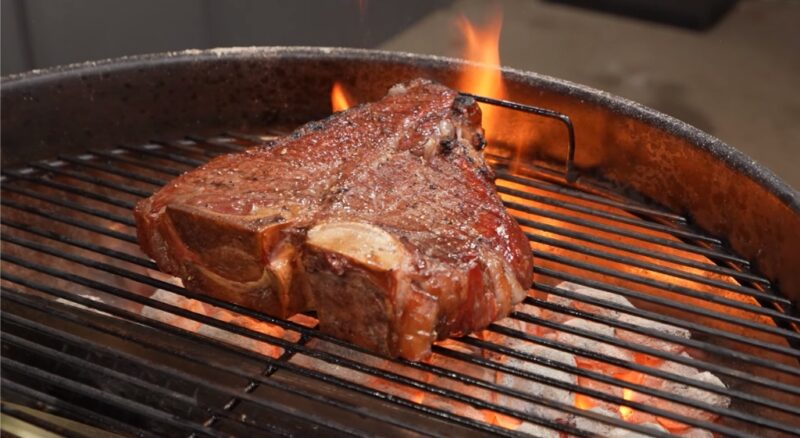
With different types of meats to add to your balanced diet, how you prepare and cook them matters a lot. It’s wise to make choices based on nutritional properties, the ease of cooking your meat, and the benefits they provide. Pork, poultry, and beef are top picks and offer different benefits.
Have a look:
- They are a great L-carnitine (amino acid) source, excellent for fat metabolism.
- They provide a master antioxidant glutathione excellent for antiaging and strengthening the immune system.
- High in protein content and improves muscle mass.
- They are rich in minerals such as zinc, iron, and magnesium.
- Full of vitamins excellent for better sleep, positive mood, and improving mental issues.
Besides the many benefits of meat, it’s very simple to make and affordable. One of the popular choices in many restaurants and homes is the T-bone steak. It is a widely recognized beef cut from the sirloin and fillet and divided by the T-shaped bone.
T-bone combines the rich and meaty flavor of a strip steak (New York strip) with the signature tenderness of the fillet mignon. Depending on where you are getting your beef from, many people see the T-bone steak as just two steaks in one, hence its ever-growing popularity.
Further, this steak is special because the fillet mignon side is mild in flavor and fork-tender.
On the other side, the strip side of the steak is beefy and bold; hence the cuts are delicious and tender. T-bone steaks come in different sizes and thicknesses, which generally affects their prices, but they are satisfying and flavorful. Their sizes will depend on where they are cut from the short loin of the cow.
The thickness and size of your T-bone affect the cooking time. Therefore, you should be considerate about the method of cooking T-bone steak to choose and achieve the desired degree of perfection. This means thicker steak will take longer to cook.
Ultimately, the thickness and size of your T-bone steak will come down to personal preferences if preparing the dish at home. Some people opt for larger cuts to share with family and friends, while others prefer manageable portions. Regardless of the size you choose, a properly cooked T-bone steak must be delicious and satisfying.
What More to Know When Choosing T-Bone Steak
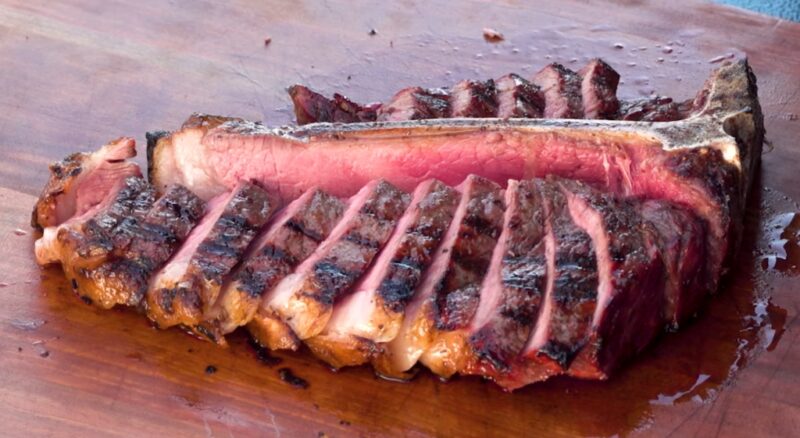
The thickness of your T-bone steak is a key consideration when selecting the best cuts. The thicker the cuts, the more they will retain moisture and come out juicer. Here is more to consider when choosing your T-bone steak:
- Fat Marbling- When T-bone steak is perfectly cooked, then magic happens. The divine and delicious rivers of fat give your steak an irresistible and mouthwatering flavor. Fat marbling is a key consideration when choosing your cuts. You should look for cuts with lots of creamy fat marbled throughout for the best flavor and to create a desirable piece of meat. Marbling improves your steak’s moistness, tenderness, juiciness, and flavor.
- Color and Smell- The color of your steak is crucial, as is its smell. Fresh T-bone steak should look wonderfully dark red with fine fibers and be characterized by special marbling.
- Aging- Dry aged T-bone steak should take at least 30 days under controlled airflow, temperature, and humidity. Due to moisture loss, the flavor of the meat is further intensified compared to what you get from a regular aging meat of 14 days. This will leave hints of a nutty aroma on your palate.
- Feed and Breed- The quality of your steak will depend on the breed of cow and the feed. Feed mixtures high in grass or corn products produce more marbling and healthy benefits. Certain breeds of cattle have genetic characteristics that lead to leaner or fattier beef, which can affect intramuscular fat distribution.
- Grade- The USDA grading indicates the quality of your steak. Prime is the highest grade level, followed by Choice. Standard and Select categories contain the lowest-quality steak cuts. The Prime steak will show plenty of fat marbling and exceptional color, providing a better eating experience.
Navigating the realm of cooking shortcuts and kitchen cheat sheets harmonizes with the comprehensive understanding needed for perfectly cooking a T-Bone steak, as discussed in the linked article.
Cooking Your T-Bone Steak- Key Techniques to Utilize
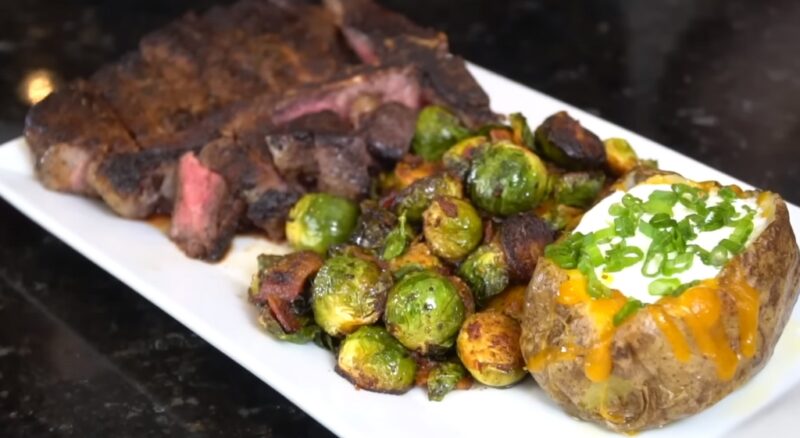
Cooking T-bone can be more daunting and taxing than other beef cuts. It includes two different types of steak. But here are incredible ways to cook your steak to perfection:
Grilling – Grilling is one of the popular and outstanding ways of cooking steaks. It’s a method that imparts a smoky flavor to the steak and creates a crispy crust on the outside. Don’t forget to rest your meat for a few minutes (5-10). This helps distribute the juices throughout the meat for a better taste.
Frying – Be cautious always when frying your t-bone steak. Fry your steak hot and fast to get that nice brown and caramelized sear or coating. Marinate the steak to tenderize it and imbue aromatic flavors.
Cooking in the Oven – You can use an iron skillet and oven to cook your steak. Ensure you heat the oven to desired temperatures, sea the T-bone for a golden crust, and rest it for 5-10 minutes.
Progressing from a beginner to a proficient steak chef aligns with understanding the crucial details for cooking a perfectly done T-Bone steak, as explained in the linked article.
Get Inspiration from Different T-Bone Steak Recipes
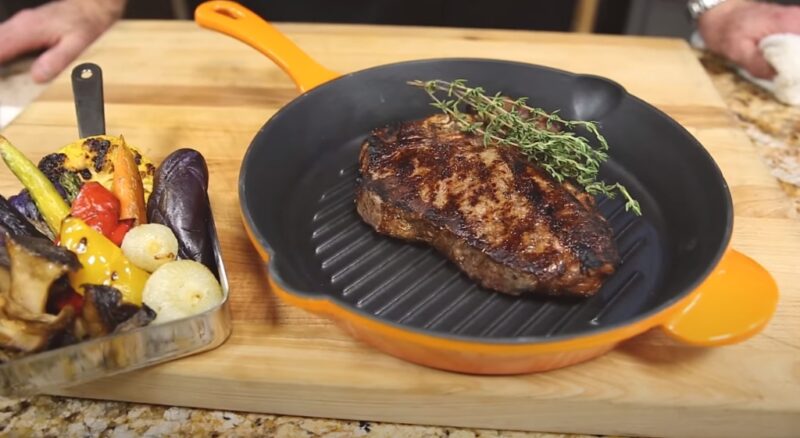
It shouldn’t be daunting if you know where to start and cook T-bone steak perfectly. You should know your ingredients and steps to follow, the cooking method and times, and effectively measure the steak’s doneness. It is a significant idea to take a page from T-bone steak recipes from experts if stuck or to elevate your cooking.
You’ll learn important technical notes from these recipes, like temperature settings, seasoning ideas, cooking times, and serving instructions. In addition, you’ll have a clear understanding of the step-by-step process of how to cook T-bone steak.
Significantly, you’ll deliver reliable results by relying on these essential instructions for cooking, seasoning, marinating, and serving steak.
In conclusion, if you’re enthusiastic about buying and cooking T-bone steak, building a good relationship with your butcher is recommended. You’ll pick the best steak cuts and come across diverse recipes from other meat lovers and cooking professionals.
Related Posts:
- What Does Lamb Taste Like? Know This Before You Try!
- 12 Best Meat Injectors 2023 - What You Need To Know…
- 10 Best Roaster Oven 2023 - Perfectly Cooked Meals…
- How to Cook a Thick Steak Like a Steak Master - From…
- How to Grill a Tomahawk Steak - A Guide to Grilling…
- 12 Best Frying Pan for Steak 2023 - Master the Art…

